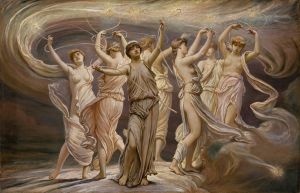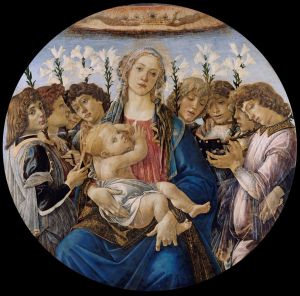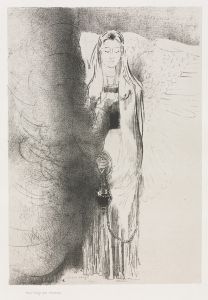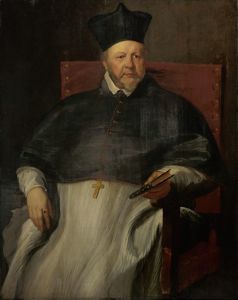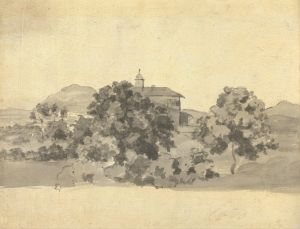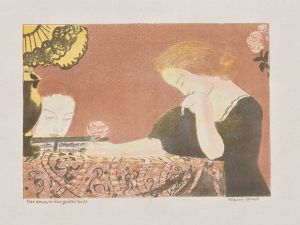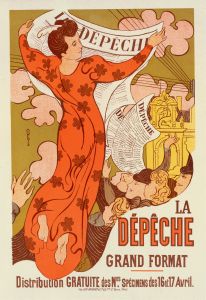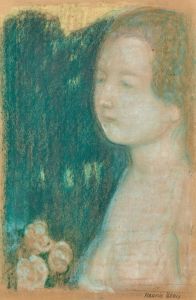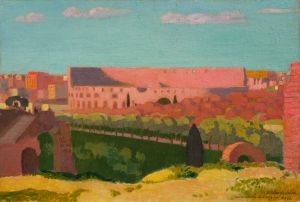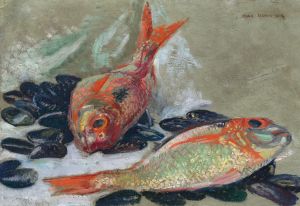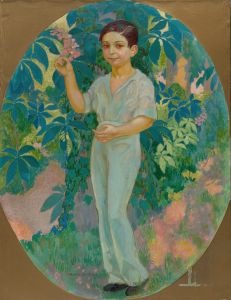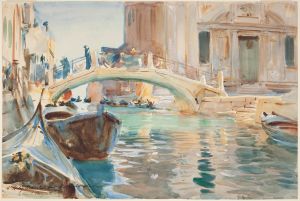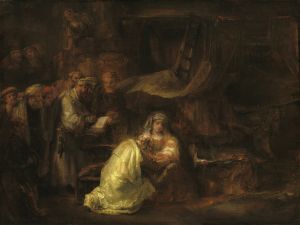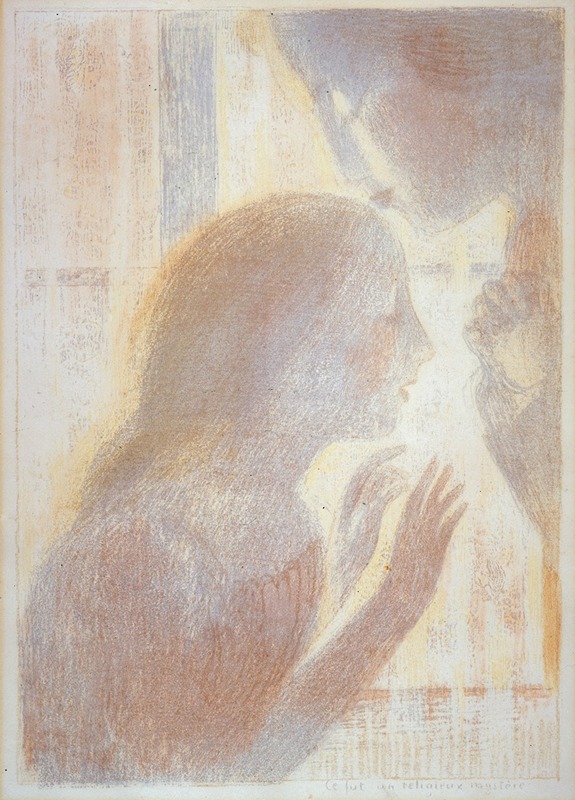
Ce fut un religieux mystère
A hand-painted replica of Maurice Denis’s masterpiece Ce fut un religieux mystère, meticulously crafted by professional artists to capture the true essence of the original. Each piece is created with museum-quality canvas and rare mineral pigments, carefully painted by experienced artists with delicate brushstrokes and rich, layered colors to perfectly recreate the texture of the original artwork. Unlike machine-printed reproductions, this hand-painted version brings the painting to life, infused with the artist’s emotions and skill in every stroke. Whether for personal collection or home decoration, it instantly elevates the artistic atmosphere of any space.
Maurice Denis (1870–1943) was a French painter, decorative artist, and writer, associated with the Symbolist and Nabi movements. His work often explored themes of spirituality, religion, and the intimate connection between art and faith. One of his notable paintings, Ce fut un religieux mystère (translated as It Was a Religious Mystery), exemplifies these recurring themes in Denis's oeuvre.
Created in 1889, Ce fut un religieux mystère reflects Denis's deep interest in religious symbolism and his efforts to merge traditional Christian iconography with modern artistic approaches. The painting depicts a serene and contemplative scene, where figures are engaged in a spiritual or liturgical act, set against a backdrop that evokes a sense of divine presence. Denis's use of soft, harmonious colors and simplified forms aligns with his belief that art should prioritize emotional and spiritual resonance over strict realism.
The title of the painting, which translates to "It Was a Religious Mystery," underscores the work's focus on the sacred and the ineffable. Denis was deeply influenced by his Catholic faith, and this painting is one of many in which he sought to convey the transcendence and mystery of religious experience. The composition reflects his admiration for early Renaissance art, particularly the works of Fra Angelico and other Italian masters, whose devotional paintings emphasized clarity, purity, and spiritual depth.
As a member of the Nabi group, Denis was committed to the idea that art should serve as a form of spiritual expression. The Nabis, a group of avant-garde artists active in the late 19th century, sought to break away from naturalism and instead emphasized the symbolic and decorative potential of art. In Ce fut un religieux mystère, Denis employs flat planes of color, rhythmic patterns, and a deliberate sense of order, all hallmarks of the Nabi aesthetic.
The painting is also significant for its role in Denis's broader artistic philosophy. He famously declared, "Remember that a picture—before being a battle horse, a nude woman, or some anecdote—is essentially a flat surface covered with colors assembled in a certain order." This statement reflects his belief in the primacy of composition and the emotional power of color and form, principles that are evident in this work.
Today, Ce fut un religieux mystère is recognized as an important example of Denis's early exploration of religious themes and his contributions to the Symbolist and Nabi movements. The painting is housed in the Musée d'Orsay in Paris, where it continues to be appreciated for its spiritual depth and innovative approach to modern art.





